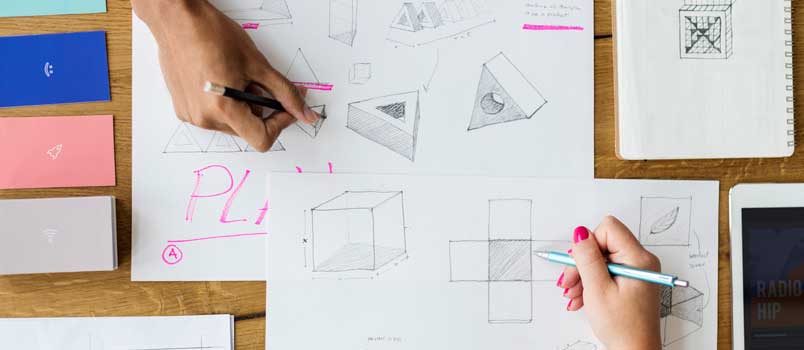When it comes to local marketing, there are certain elements that stand out more than the rest – a banner is one of them. By designing the right banner, you can communicate exactly who you are, what you do, and why people should listen.
Designing the Perfect Banner
There are a thousand and one ways to design a banner. You can slap your logo into a pre-existing template, or you can go so far as to design every last detail. Neither approach is necessarily right or wrong, though you’d be wise to invest some time and energy into the design process. In doing so, you’ll give your brand a powerful visual asset that can be used at many live events to come. Here are a few details to think through:
– 1. Use a Retractable Banner Stand
Simple banners are tired and overdone. Go to any conference, trade show, farmer’s market, or local event, and you’ll find businesses with banners zip-tied to tents or taped to walls. And though there is a time and place for this approach, you’ll get a lot more value out of your banner if you design it to be used with a retractable banner stand.
As the name suggests, retractable banner stands are stands that feature roll up banners that sit vertically on the ground and can be pulled up as far as six or seven feet. The fact that these banners are mobile and capable of resting on any flat surface allows you to position them in a variety of places. And because they retract into a compact rectangular tube, they’re easy to transport without taking up a ton of space.
From a visibility perspective, retractable banner stands are unique and tend to stand out against the other predictable banners and event visuals. In other words, they’re far more effective.
– 2. Choose the Right Colors
Color selection is crucial in the design of a banner. How you approach this element of the design phase will, to a large degree, determine the efficacy of your banner.
Obviously colors need to be consistent with your brand’s logo, but there’s also something to be said for thinking outside the box and using colors that coincide with the particular event you’re attending or hosting. If it’s a kid-friendly event, for example, it’s smart to use lots of bright colors. If it’s a high-end designer event, white, black, and neutral colors are preferred. Think through these details!
– 3. Keep Messaging Simple
You’re familiar with the KISS acronym, right? It stands for “keep it simple, stupid” and refers to the need for a “less is more” approach to design. Nobody is going to stop and read 100 words of text on a banner. Don’t overcomplicate things. A few words of copy and a logo are perfectly adequate.
It’s also important that you make the font big enough that it can be seen from a distance. Not everyone will come within 10 feet of your banner. Making it discernable from 25 or 30 feet away will enhance your visibility that much more.
– 4. Ensure the Banner Can Be Stored
Finally, design a banner that can be easily stored in order to promote effortless transportation, setup, and takedown. As previously mentioned, something like a retractable banner stand is ideal.
Set Your Brand Apart
Live events give you the opportunity to engage customers in a face-to-face manner – something that’s often missing in a business landscape that’s dominated by digital marketing, national advertising campaigns, and impersonal content strategies. But there’s a right and wrong way to approach these events.
In order to make the most of your time, you must generate as much visibility as you can. Furthermore, you have to parlay this visibility into engaging interactions that can later be used to nurture leads and generate paying customers.
A banner might seem like a small, insignificant detail, but it’s often the smaller elements that make the biggest difference. By taking the time to design a banner that reflects your brand values, you can send a signal to your audience that you’re committed to quality.
Don’t miss this chance to rise above the noise and stand out!































